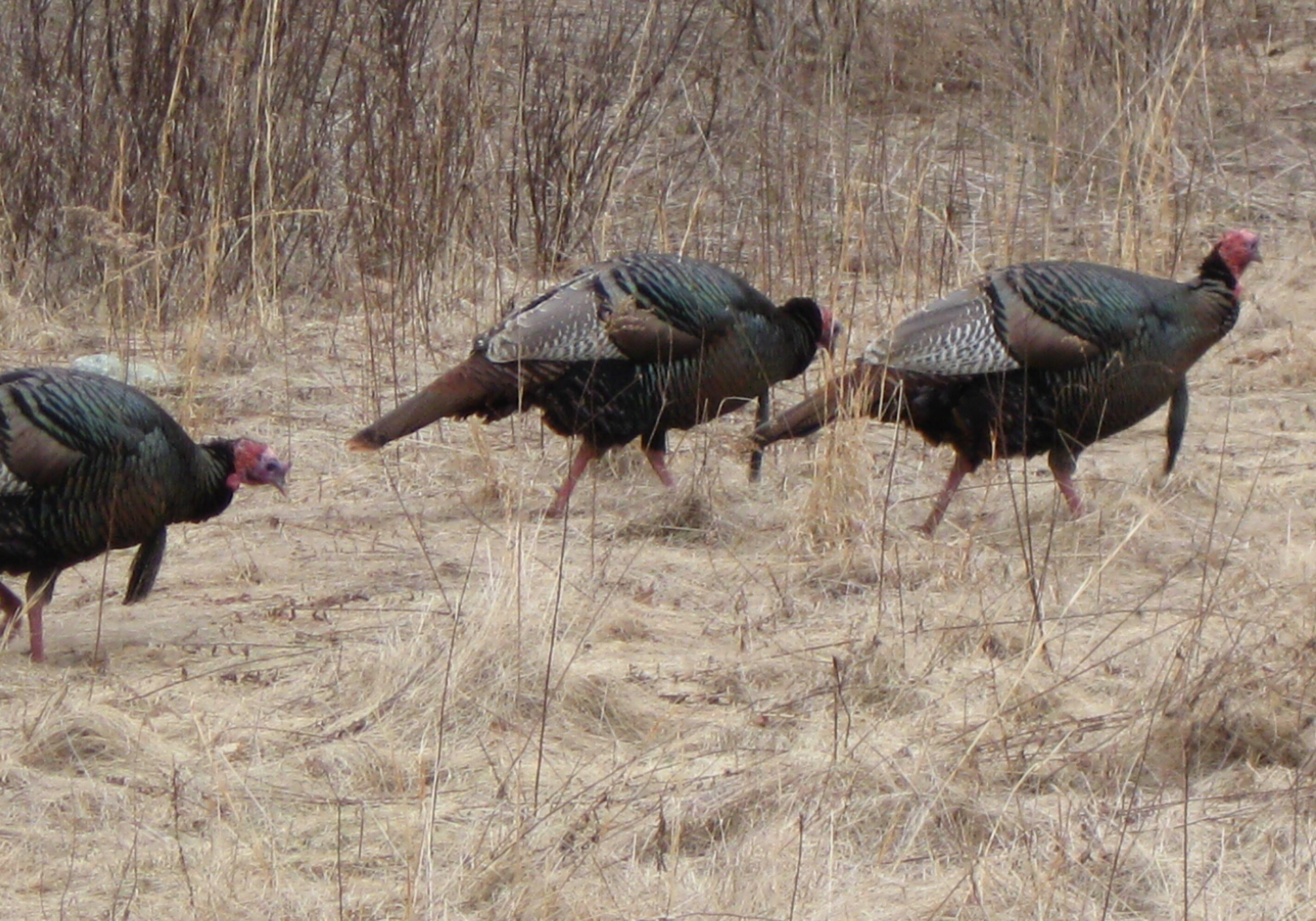In 1874, Allen Woodward’s family purchased 141 acres in the northeast corner of Connecticut.
Shortly after his ancestors took over the land, they did extensive timber harvesting for wood products and coal manufacturing. It wasn’t until the 1950s that the family shifted towards sustainable land management – completing timber stand improvements and implementing their first forest management plan. In the 50s, when Allen’s father took over, he turned the property into a certified tree farm and a part of the American Tree Farm System.
It wasn’t just the humans who helped change the land for better: around 30 years ago, beavers moved in to their 11 acre pond and create an impoundment. The family made the decision “to allow them to continue their work” felling a large number of trees around the edges of the shoreline. The trees that succumbed are now standing as snags, providing essential habitat to birds like woodpeckers and nuthatches.

The beaver impoundment eventually attracted Blue Herons, over a dozen pairs of which now call the property home. “We’ve had as many as fifteen active nests,” says Allen. “We have Wood Ducks, pintails, Red-breasted Mergansers come in and nest. Population in species diversity has really increased.”
The family – consisting of Allen and his three sisters, all of whom have a scientific background – is now in its fourth or fifth iteration of forest management planning.
They shifted to think about birds when they discovered they could work with Audubon to conduct a bird habitat assessment, and blend the resulting recommendations with their existing forest management plan.
“We haven’t done a lot with birds yet but it’s what we’re emphasizing now. Any time we have a logging operation we take out the harvestable timber and slash the rest so it gets down to about three feet. Then we leave it there so there’s a lot of woody debris and brush piles, and we definitely have Ovenbirds and others nesting in those areas,” says Allen.
“People say, ‘Oh we used to have American Bitterns, we used to have American Woodcock…’ Well as the forest matured, we were managing it the way mankind does and not the way nature wants, so we were kind of shooting ourselves in the foot and becoming less diverse over time. Now there is hope not just on a small scale, but looking at the regional conditions around the property, I think we have the potential to provide some unique habitat that will make an impact in the long-term,” he concludes.

Allen’s goal is “to showcase what can be done. I want to use the property as a teaching tool, to conduct tours as we do treatments, and show people that it doesn’t matter if you have four acres or 2000 acres, there’s always something you can do on your property to enhance it.”



